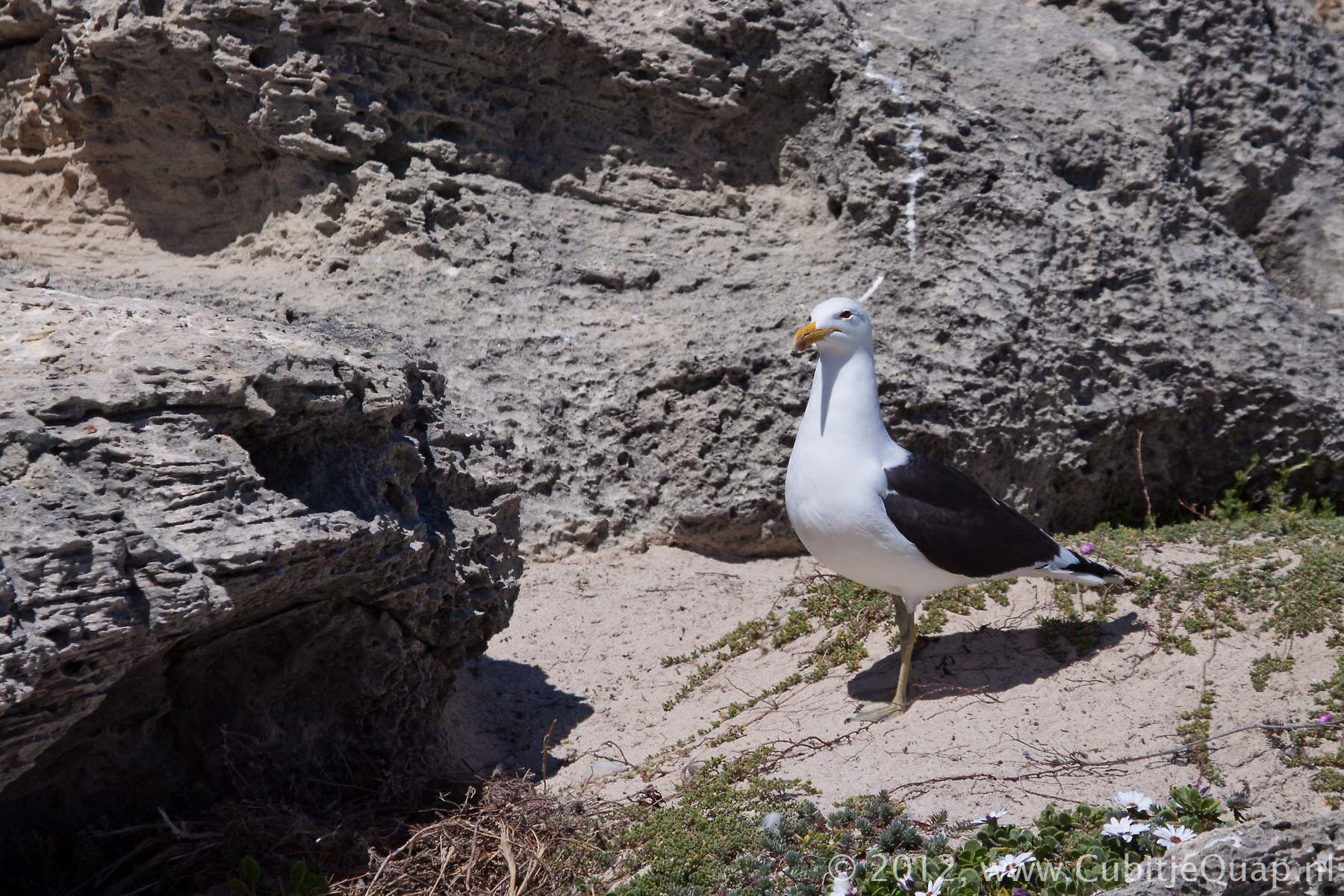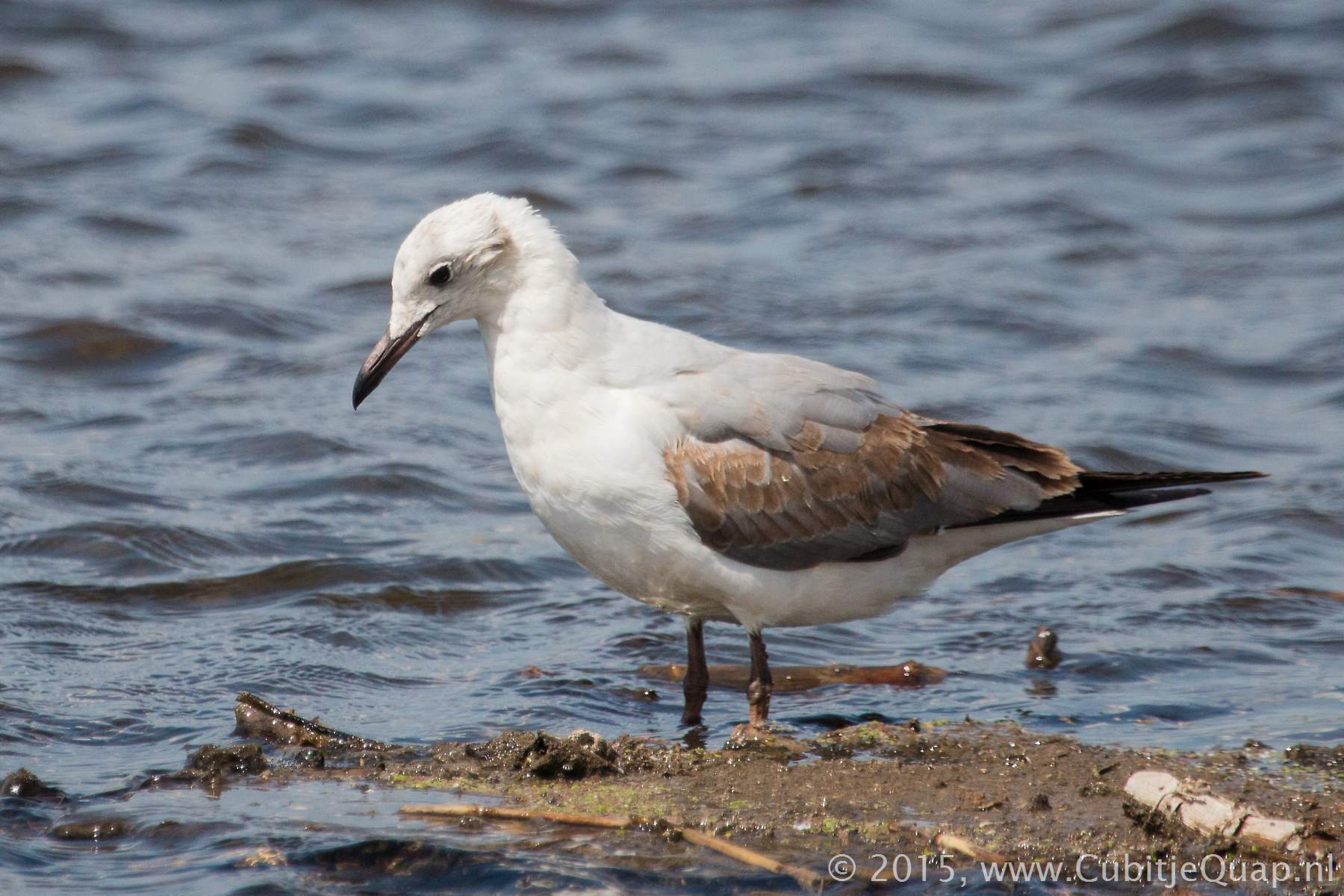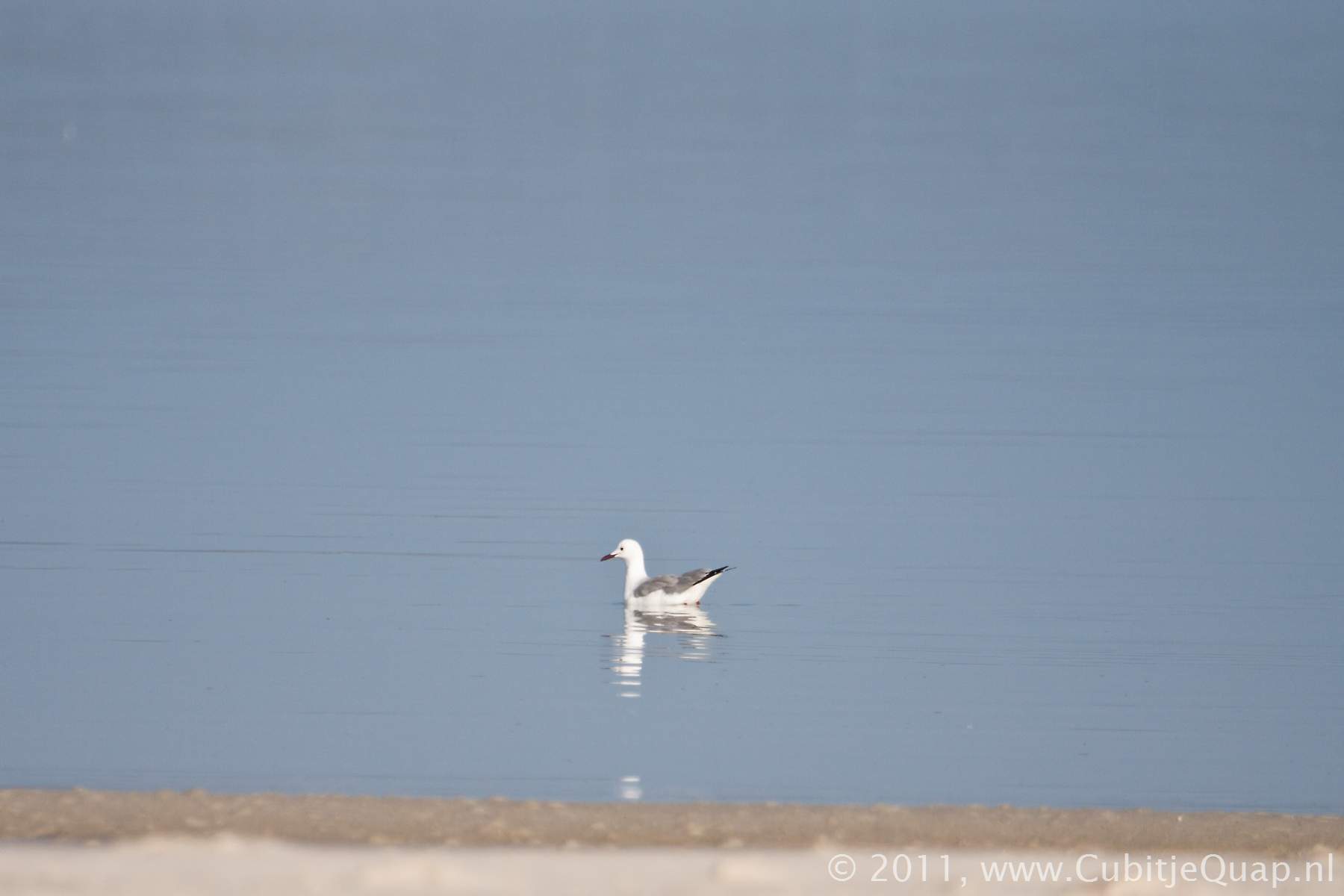Gulls Information page
Description
Waterbirds of coastal and marine waters. Plumage and bare part colouration slowly changes over 2 - 4 years. Their main colours being black, grey and white, they are very difficult to identify.They are gregarious, foraging in flocks year-round and they will utilise assembly areas at islands when leaving and returning to roost when not breeding. They roost, often communally, on the ground or at sea (they are good swimmers). They may soar, but the long pointed wings are better adapted for glinding and hovering with a headwind.
These birds generally eat animal-products and will use a number of foraging techniques. They mostly take items from the surface (alive or dead) by surface seizing and dipping. The bill has a hokked tip for ripping prey open. They may bring invertebrates to the surface by 'foot-paddling'.
They are monogamous, often with long-term pair bonds. They usually breed colonially and are territorial around the nest-site. Both sexes incubate the eggs and the chicka are fed by regurgitation. In defence of the nest, adults are known to defecate and disgorge food onto the threat.
Scientific names
Larus = a rapacious seabirdChroicocephalus = coloured head
Birds in this category
Interesting links
Wikipediafatbirder.com



